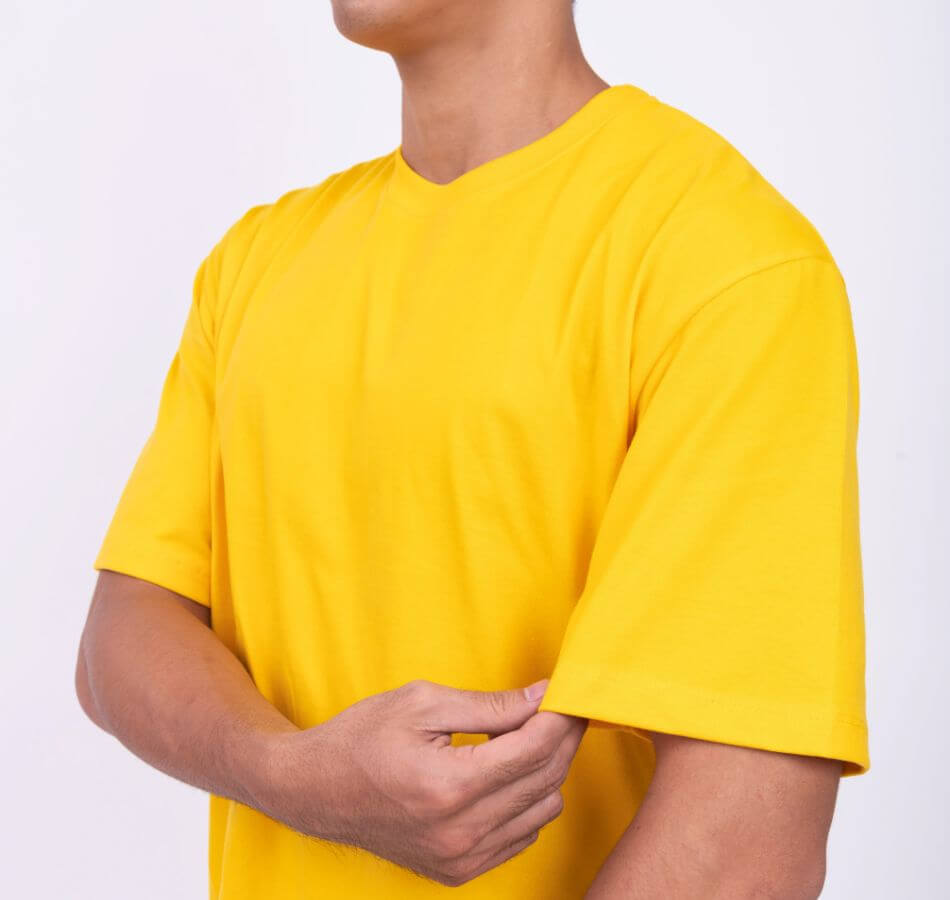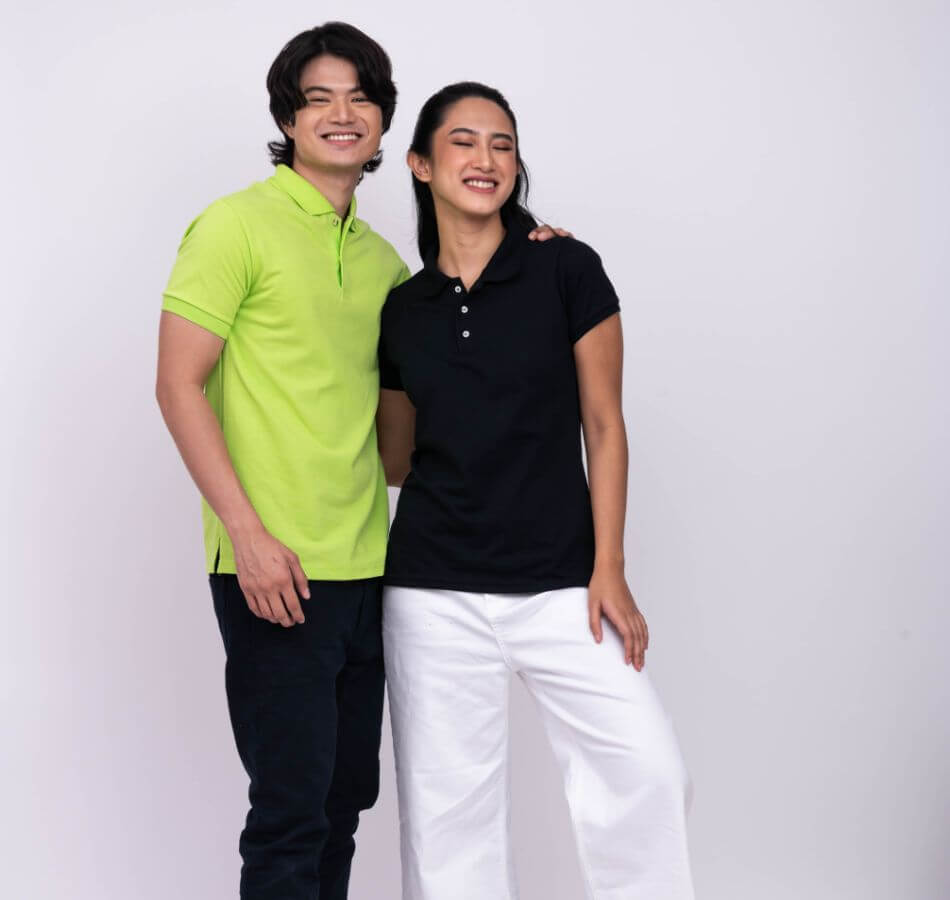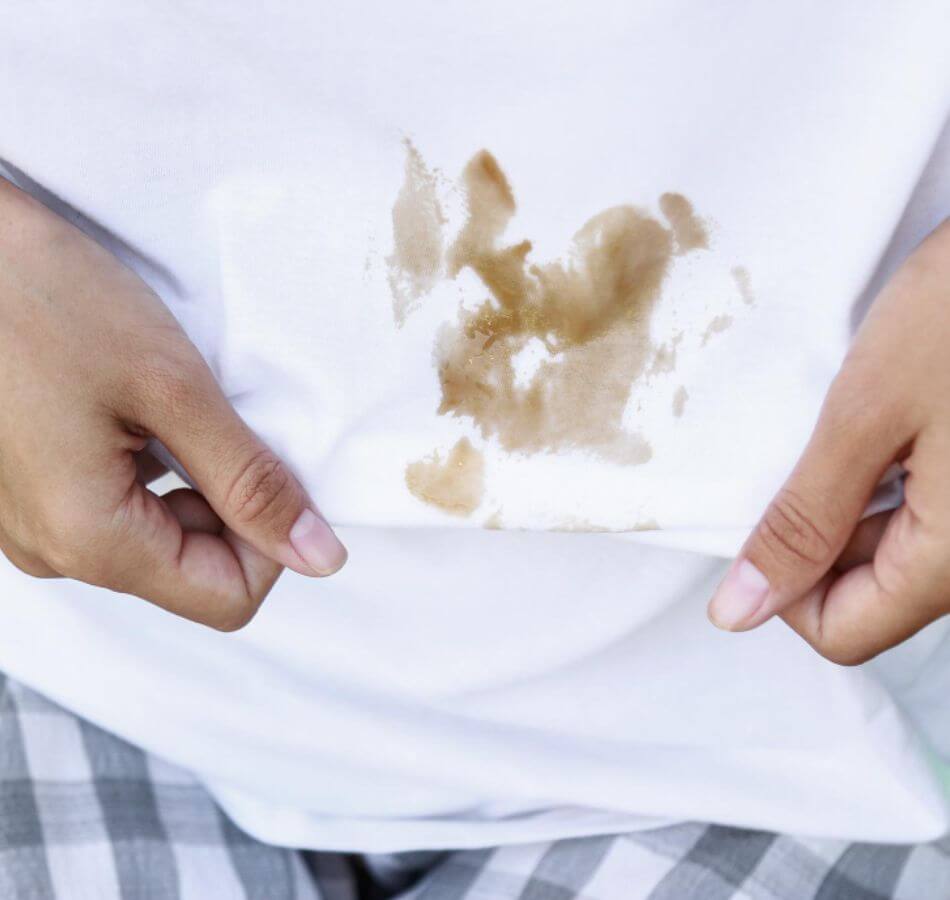What do you need to know about printing and embroidery for shirt designing?
- Garments used
- Design chosen
- Finished product
- Cost
Planning on creating designs for your T-shirt business? Or maybe you need custom shirts for an event. Printing and embroidery are both suitable options for customizing a T-shirt, but each one has its advantages. In this article, each method will be discussed — including the differences, and what should be chosen depending on your requirement. Learn more about printing and embroidery by reading below.
Printing is the process of having a design applied directly to a shirt. There are various printing methods available — from screen printing, direct to garment printing, dye sublimation, heat press printing, and more. In this article, we will focus on screen printing, where a design is set on a mesh or silkscreen, and ink is forced through the garment.
On the other hand, embroidery is done to decorate a T-shirt using a needle and a thread. Just like in printing, you can choose your own custom designs. To know which choice to make, here are the things you need to consider:
Garments Used
The first thing you need to consider when choosing between printing vs embroidery is the garment you will use. Generally, embroidery is better suited for thicker, heavier, and tightly woven garments because thinner fabrics might pucker when embroidered. Polo shirts work well with embroidered designs because these are usually thicker than normal T-shirts. They’re great as uniforms too.
Screen printing is a better choice for thin and stretchy garments but also works well with thick cotton. You should choose natural fabrics such as cotton and cotton blends because they’re soft and permeable — which means they allow ink transfer. On the other hand, pure synthetic fabrics won’t take ink well. Printing is usually done on more casual clothes — such as T-shirts, hoodies, and sweatshirts.
Designs Chosen
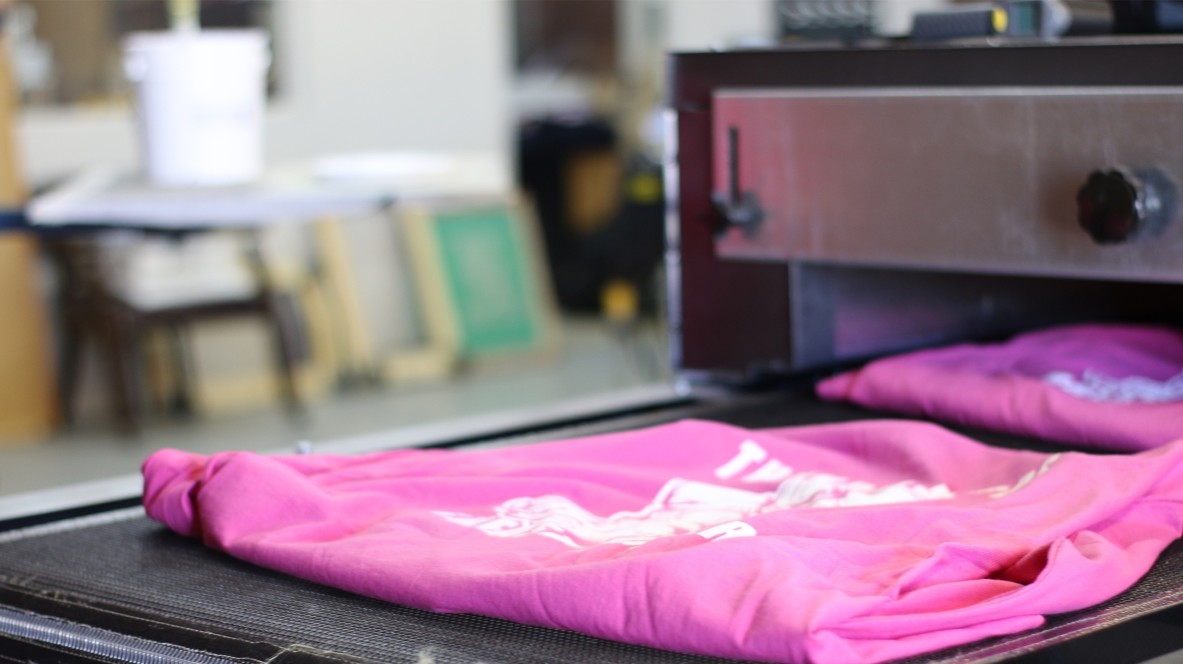
The design you choose will also affect your decision when choosing between printing and embroidery. If you’re looking at larger designs, then screen printing is a suitable option. It allows you to put large and detailed logos, texts, and other designs on a T-shirt — whether you want to make full front or full back designs. It also works well with hand-drawn and complicated designs. If you want to produce graphic shirts, this is the way to go.
On the other hand, embroidery is not well suited for large designs. It’s typically used for small things — such as logos, names, initials, or small text stitched to the front pocket or the sleeve. With embroidery, you can achieve a more 3-dimensional design since it’s made using thread. Not all designs are suitable for embroidery, so make sure you consider this first.
Finished Product
Embroidered designs are recommended if you want to go for a more formal look. Companies and schools often opt for embroidery when customizing uniforms. Since the designs are made by needle and thread, the design is durable enough to stand the test of time. The logo or design won’t fade no matter how much you wash it, and as long as the threads are intact.
Printed T-shirts are used for all sorts of things — such as advertisements, events, campaigns, and many more. This is because you could print larger and more colorful designs that could turn heads and catch attention. Prints produce a clean, sharp, and crisp-looking design. Quality screen printing won’t crack or peel easily.
Cost
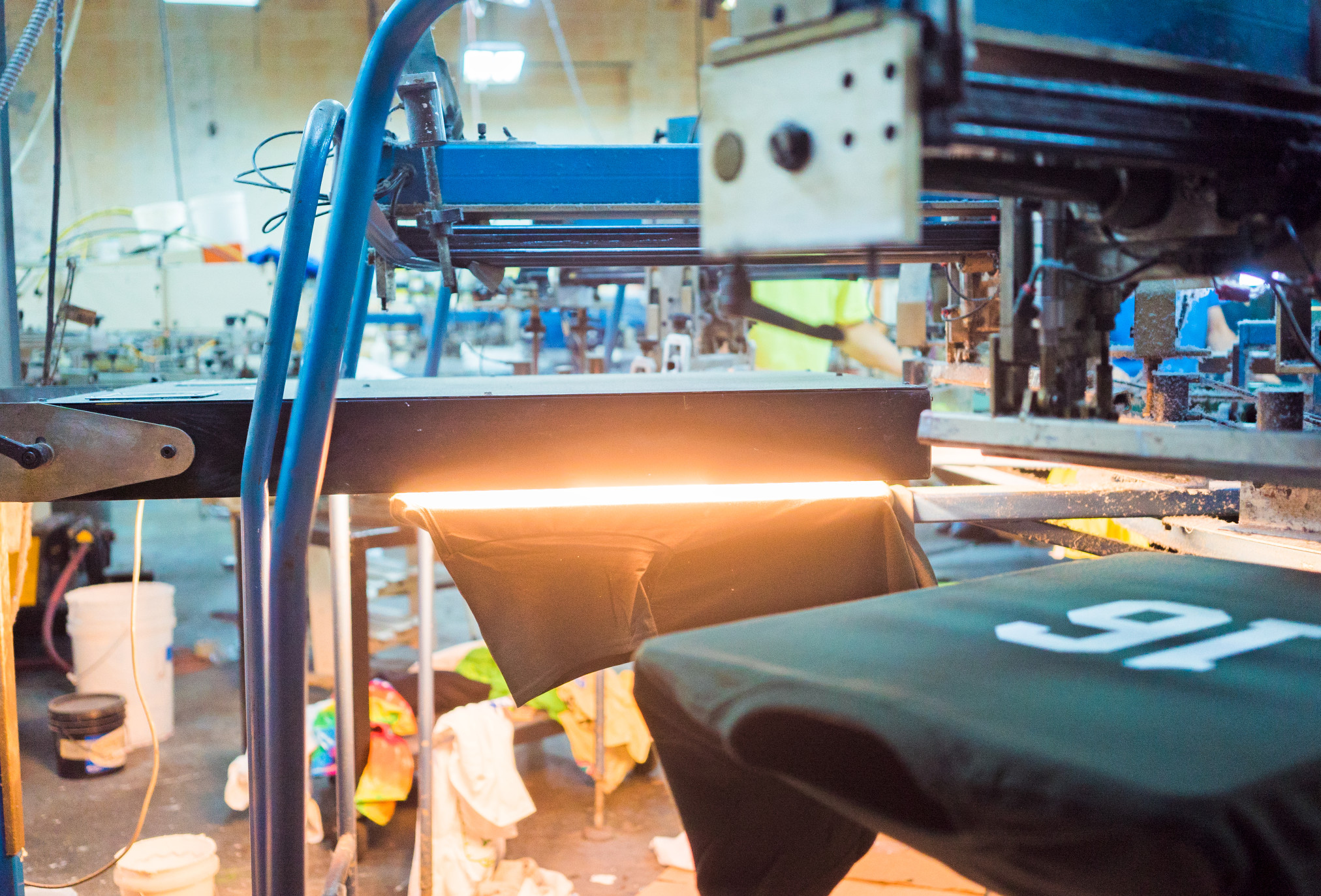
Pricing is one of the most important considerations for many people — whether you’re running a custom T-shirt business or need custom shirts for one event. The good news is, that both printing and embroidery offer a great value for your money. But it will depend on a variety of factors.
Screen printing is often the recommended option when you need to design numerous T-shirts. Printing companies can lower the price per shirt if you order in bulk. But you also need to consider how many colors are in the design, as this can change the cost. Also factor in the location of the designs, as having more than one spot to print on can add to the expenses.
For embroidery, the price is usually based on the number of stitches. The more stitches you need, the higher the cost. But there are also companies that offer a flat price.
Key Takeaway
Both printing and embroidery have their advantages, so it is up to you to choose one that matches your requirements. Consider the garment, design, purpose, and price before making a final decision.
Whether it’s printing vs embroidery, you can have them done on our shirts here at Lifeline! We sell our shirts for retail on our Shopee and Lazada accounts. If you want to order in bulk, you can send us a message here on the website for assistance. We offer bulk discounts, so you can get more savings.


